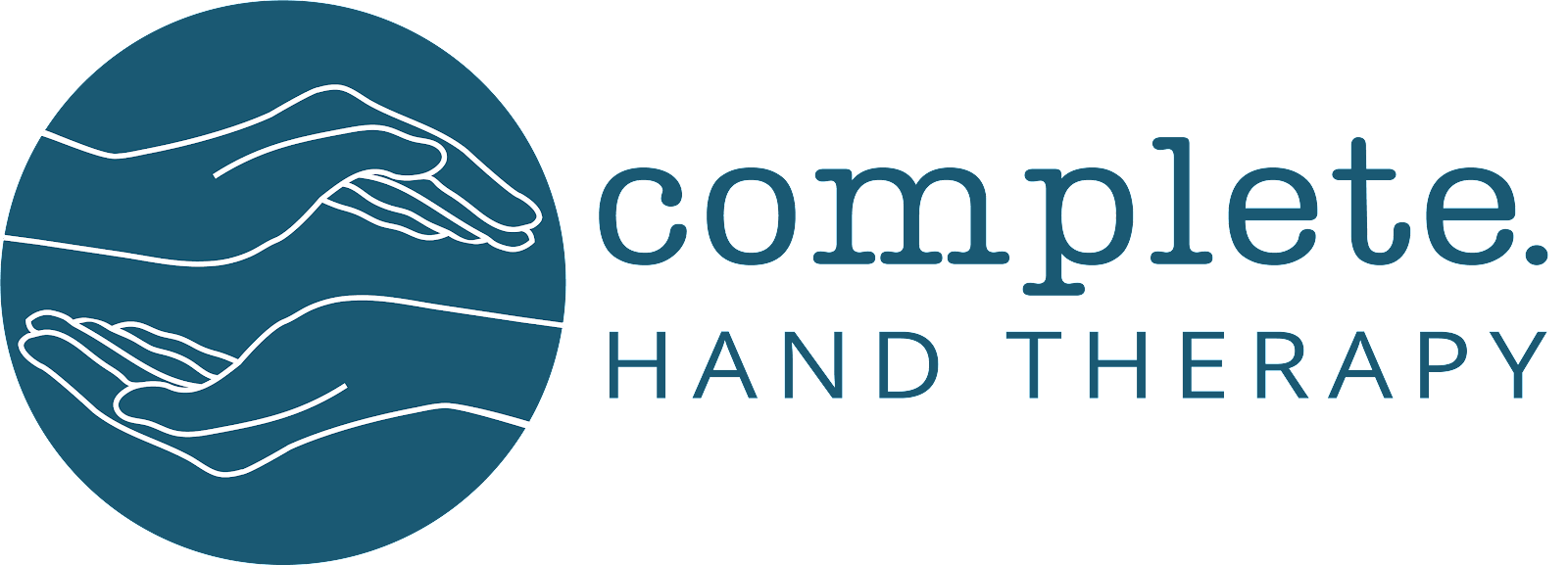WHY DO I HAVE PAIN IN MY WRIST?
DeQuervain’s: a common culprit of wrist pain
Wrist pain can present in many different ways. Wrist pain can range from soreness after carrying shopping bags to absolutely excruciating pain after a full day spent typing on the computer or caring for your baby.
One of the most common causes of wrist pain is called DeQuervain’s. DeQuervain’s is caused by overuse of two muscles that move your thumb, called Abductor Pollicis Longus and Extensor Pollicis Brevis. However, the pain occurs at the level of your wrist where the thumb tendons enter a tunnel, called the first dorsal compartment. Thumb tendons can get squashed here, resulting in pain in your wrist.
What brings on DeQuervain’s?
DeQuervain’s is often experienced by new mums or dads caring for their baby, office workers who do repetitive keyboard or mouse use and manual workers who do repetitive movements of their wrist whilst gripping a tool with their thumb, The pain can be acute, which presents as intense symptoms over a short time, or chronic, which presents as mild to moderate symptoms experienced over a longer timeframe.
How to diagnose this condition
DeQuervain’s can be diagnosed based on positive findings from specific clinical tests of the wrist and thumb, that your hand therapist will do at your first appointment. A wrist ultrasound can also be performed to diagnose inflammation of the thumb tendons but is not normally needed to confirm a diagnosis.

Treatment Options
The good news is that DeQuervain’s related wrist pain responds very well to treatment. Often the sore wrist and thumb needs to rest in a splint for a couple of weeks to allow the inflammation and pain to settle. Then your hand therapist can guide you through a specific and structured exercise program to restore pain free movement and strength in your thumb and wrist.
Your therapist can also teach you how to use your wrist to prevent the same injury occurring again in the future. For new mums and dads this would include ways that you can care for your baby without aggravating your thumb and wrist pain. For office workers, your therapist can teach you the best work place ergonomics and ensure you have the correct work station (office or home office) set up to protect your wrist from over use and repetitive strain.
The earlier you get on to treatment the quicker you can get back to doing the things you love. But don’t worry if you have had pain for awhile, you can still have a great outcome! Recovery may just take a little longer.
Book in to see a hand therapist to assess whether your pain is caused by DeQuervain’s.
